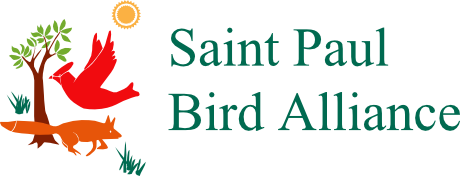KARE11 | Lawmakers asked to help with Pig’s Eye cleanup
Supporters say the time is now to restore Pig’s Eye dumpsite, using money from the federal infrastructure bill and the state budget surplus.
ST PAUL, Minn. — When Tom Dimond walks through Pig’s Eye Regional Park, he sees nothing but opportunity, a chance to clean up a legacy landfill and deliver a functioning park to surrounding neighborhoods and the city at large.
It’s known as Pig’s Eye Regional Park, covering 1,300 acres southeast of downtown St. Paul, including Pig’s Eye Lake and adjacent land. But it’s never been fully developed because of the toxic chemicals that were dumped there for decades, between the 1920s and 1970s.

